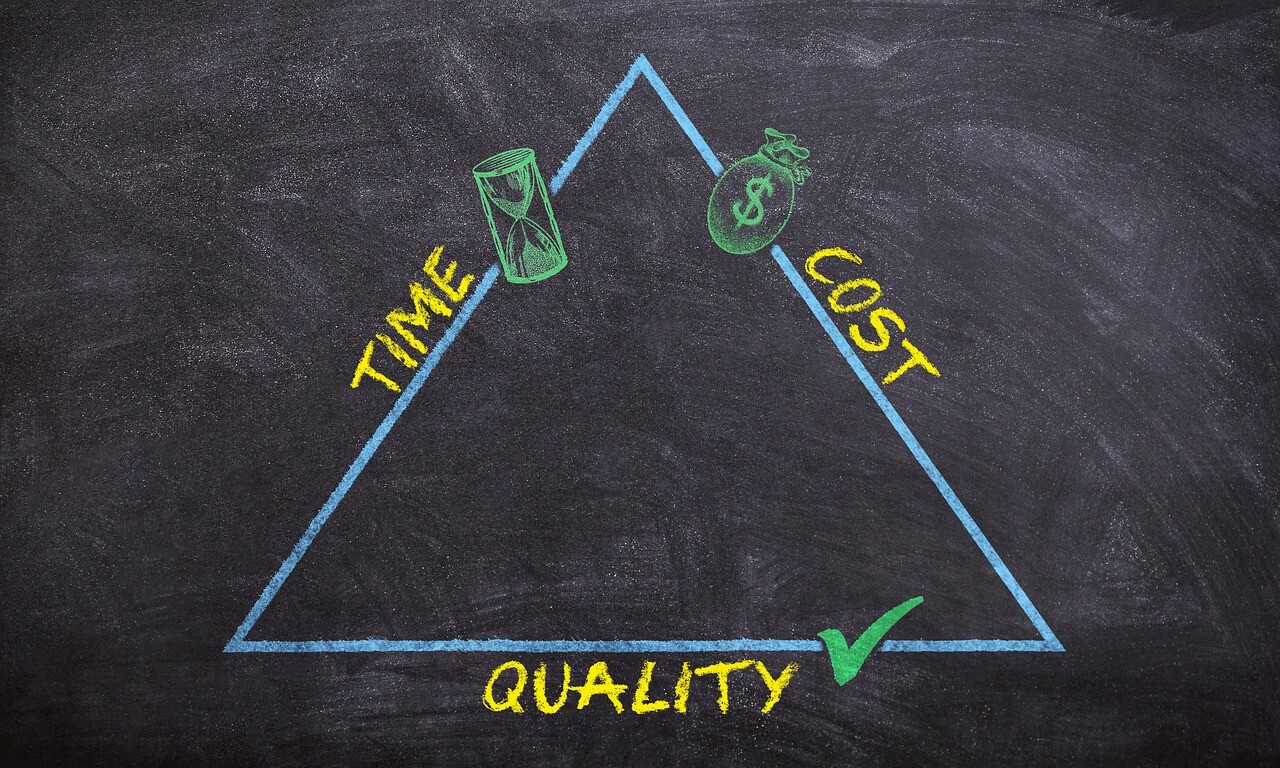Table of Contents
ToggleIntroduction
There are several methods for filing your taxes. Numerous factors to consider. Taxes. One of the most overlooked benefits is the Child Tax Credit, which can be worth up to $3,600 per child. Everything you need to know about it is right here critical benefit.
The Impact of the Child Tax Credit
You may be eligible for the Child Tax Credit in 2022 under these circumstances:
You’re a taxpayer.
You have a qualifying child under 17 or under 24 years old (enrolled as a full-time student).
The child was born in 2001 or later and doesn’t live with you. If your dependent is married, they must file their taxes.
The Child Tax Credit can help lower your tax bill, but it’s only worth $3,600 per child and hasn’t changed since 2001. (The $3,600 only applies if child is under 6, $3,000 under 17)
The IRS sets aside a certain amount of money each year to be used as refunds on this credit, so if there’s more demand than supply, you may not get your full refund right away; it could take several weeks after filing your taxes before it shows up in your account.
If you’re doing your 2022 taxes, here’s what you should know about the Child Tax Credit
You’ll want to know about the Child Tax Credit if you’re a parent. A $2,000 per child tax credit gives parents cash back to encourage them to have kids.
Even if you don’t owe any taxes after taking all your deductions and credits, you can still get money from this tax credit.
Unlike other tax benefits like the Earned Income Tax Credit (EITC), which is taxable income, the Child Tax Credit isn’t counted as income and doesn’t reduce your refund; it’s an actual check from the government sent right after filing your taxes.
Qualifying for the Child Tax Credit
You may claim the child tax credit for your children. Children if they meet all of the following criteria:
The amount of your child’s tax credit under the age of 17.
They lived with you for more than half of the year.
They were dependent on you for over half of their support during that time.
If a child’s parents are divorced or legally separated, only one parent can claim the child as a dependent and receive this credit. The other parent may get it by attaching Form 8332 (PDF).
Determining the Child Tax Credit amount
The amount of your child tax credit you can claim is based on income and filing status.
If you have one qualifying child, you may be able to take up to $3,600 off your taxes owed.
If you have two qualifying children, the amount increases to $7,200.
Determining the Child Tax Credit amount
The amount of the tax credit you can claim depends on your income, how many kids you have, and whether or not they live with you all year. Here’s how it works:
The Child Tax Credit is not refundable. That is, if your total tax liability is more significant than your earned income plus the value of this credit, you won’t get any money back.
This makes sense because if you weren’t paying taxes, we wouldn’t need a refundable portion (which comes into play later).
You can determine what portion of this credit will be refundable based on how many children live with them for more than half of the year and whether or not those kids qualify for dependent exemptions.

Other Dependent Tax Credit
The other dependent tax credit is a little different than the child tax credit, as it can be used for dependents who are not your children.
It applies to any person, child or adult, that you support and provide more than half of their financial needs.
These dependents must have lived with you for more than half the year and not provided more than half their financial needs during the year.
If a dependent doesn’t meet these standards but was responsible for their health care costs during the year, they may still qualify as an eligible dependent.
The other dependent tax credit isn’t just limited to family members; it also covers some friends or neighbors who live with you full-time and your spouse if they don’t work outside of the home and provides more than 50% of their financial support.
Child Tax Credit changes from prior years
Before 2018, the Child Tax Credit was capped at $1,000 per child and was nonrefundable. This means that it could only reduce your tax liability by $1,000.
For example, if you owed $2,500 in federal income taxes and had one qualifying child under 17 (or still a dependent student), then you’d get a refund of up to $1,500 on your return:
The amount that the Child Tax Credit reduced your tax liability by ($2,500-$1,000) would be refunded as additional credits or payments to you.
In 2018 however, two significant changes were made: The Child Tax Credit increased from $1k per child to $3.6k per child, and it became partially refundable, meaning that even if you didn’t owe any income taxes at all (for instance, because you didn’t have any taxable income or employment wages), then some portion of this extra amount would come back as a refund anyway.
Making a claim for the Child Tax Credit on prior-year returns
If you have a child who meets all the qualifications for the Child Tax Credit, you can claim it on your previous year’s tax return.
For example, you must file an amended tax return if you have a child born in 2018 and want to claim the Child Tax Credit for that year.
You may also qualify for an additional six months of payments from the IRS if you were eligible but did not claim them on your previous tax return.
You can generally claim up to three children at once at any given time if more than one person claims one or more of these children as dependents.
Each person filing has their limit on how many they can take into consideration, so two parents could each claim two kids total as long as neither claimed five or more overall (since that would be four).
If this sounds confusing, don’t worry: You can look up what counts as claiming “more than one dependent.”

If your income is too high, do you still get credit?
If you’re making too much money to qualify for the full credit, you may be able to get partial credit. The amount of money available is determined by how many children you have and whether or not they are eligible for the child tax credit.
In order to be qualified, fill out Form 1040 and Schedule 8812. If your income is high enough that the full credit isn’t available to you, but it’s still pretty low-income (less than $50k), then there’s another option.
Form 2441 allows parents with adjusted gross incomes between $75k and $110k to claim some deduction or nonrefundable credit against their income taxes based on some fractional amount related only to how many kids they have.
If none of these options is good, your family, situation (no children under 17 AND no qualifying dependents), then there’s still hope.
We’ve got a great guide here that explains how you might be able to save money by filing separately from your spouse instead of jointly filing together with them as married individuals.
One way to get this $3,600 benefit is to file a tax return, even if you owe no taxes.
If you qualify, you can apply for the credit even if you owe no taxes. The distinction is refundable, which means it can be applied to any tax liability that you might have and then returned as a refund.
The child tax credit is one of the most lucrative benefits available for families with children, but it’s poorly understood.
Many parents don’t realize how easy it is to claim this $3,600 benefit even if they owe no taxes.
If your income meets certain thresholds and your kids meet other requirements (like being under age 17), then there’s a good chance that getting this money back could be as simple as filing a tax return.
If your goal is to get back some extra cash from Uncle Sam, here’s how:
Start by determining whether or not your family qualifies for the child tax credit based on income level alone; if so (and even if not), fill out Form 8812 with details about each child in question (name(s), Social Security numbers, birthdates.
When preparing an individual federal return using TurboTax Online Tax Software, you’ll need these details later when completing Line 52 of Form 1040A or Line 38 of Form 1040EZ.
Can both parents claim the child tax credit?
Only one parent can claim the child tax credit while filing the tax return each year. The child can be claimed as a dependent by one parent only. If both parents claim the child as dependent while filing the tax return, the IRS will only accept the first application. If the parents can’t decide who will claim the child as dependent, the decision lies with the IRS to make the final call.
Conclusion
If you have kids and are doing your taxes in January 2023, then you’re probably wondering how the child tax credit can help lower your tax bill.
This $3,600 benefit is available for parents who have children under 17 years of age. There are a few different ways to claim it; the most common method is filing a tax return with the IRS.
However, there are also some particular circumstances when qualifying for this credit might require more work than others, like if you owe too much money or are filing jointly with someone else who doesn’t qualify (like your spouse).
Be sure to research what qualifies before deciding whether or not it’s worth pursuing.













